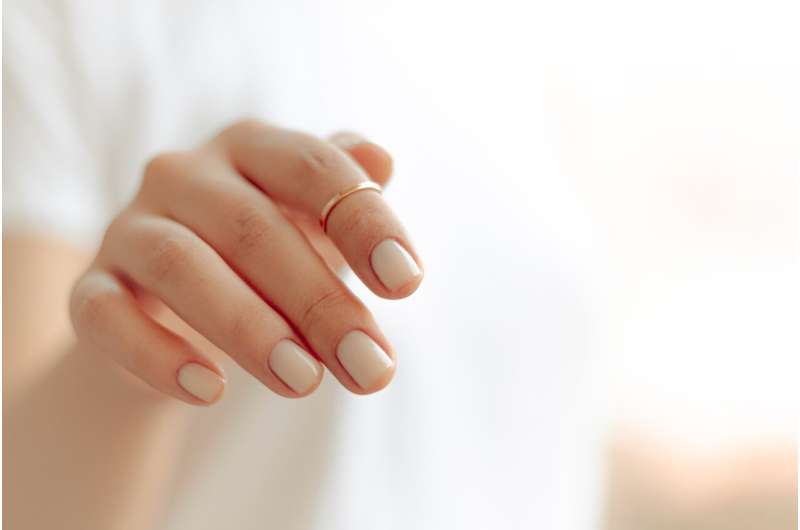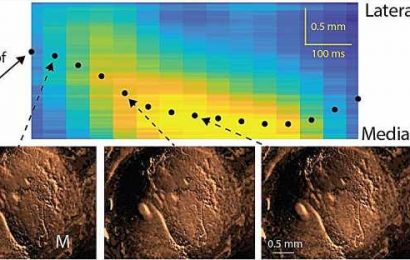
Nail bed injuries in children are very common. The subject of an information campaign by BAPRAS (British Association of Plastic Reconstructive and Aesthetic Surgeons) in 2017 to prevent injury, they are generally caused by a child crushing their fingertip in a closing door. In many cases surgery is performed to repair the underlying nail bed tear. Over 10,000 operations are performed in the UK alone each year.
Two treatment options are available during surgery. Children either have their fingernail placed back on the injured nail bed after the operation, or it is discarded entirely. Current practice sees about 96% of surgeons replacing the nail, but the new study questioned whether this approach had an impact on infection rates and whether it was cost-effective compared with throwing the nail away.
Abhilash Jain, Associate Professor of Plastic and Hand Surgery at the Nuffield Department of Orthopaedics, Rheumatology and Musculoskeletal Sciences (NDORMS), Oxford explained, “The rationale behind reattaching the nail is that it protects the repair, reduces infection and is less painful when the dressings need to be changed. However, there was no evidence to support this practice, and while many papers have been published explaining how to put the nail back, there weren’t any telling you why you should put it back.”
The first study of its kind to be done with the Reconstructive Surgery Trials Network (RSTN), the researchers set up a randomized controlled trial involving 20 hospital units and 100 surgeons across the UK. 451 children under 16 years were randomized into groups either replacing or discarding the nail following nail bed injury repair.
The primary outcome measured was infection at 7 days. A cost-effectiveness analysis has been accepted for publication in British Journal of Surgery.
The key findings:
- Discarding the nail would save the NHS £75 per patient.
- There was no statistically significant difference in infections or the appearance of the nail between the treatment groups.
- At 4 months 3.5% of children in the nail replaced group had infections, compared with 0.9% for the nail discard group.
Dr. Helen Dakin, University Research Lecturer at Oxford Population Health’s Health Economics Research Centre said, “By discarding the nail and making operations across the UK shorter and simpler, the NHS could save £720,000 each year.”
The research has paved the way for many more, and bigger trials in the field said Abhilash. “The response to the trial when we started was amazing. We were able to engage surgeons and hospital units who had never been involved in trials before, particularly with children. There was great coordination, and we were able to deliver cheaply and ahead of schedule. We’ve since seen a massive increase in plastic and hand surgery clinical trials that have helped change the landscape for patient care.”
More information:
Abhilash Jain et al, Effectiveness of nail bed repair in children with or without replacing the fingernail: NINJA multicentre randomized clinical trial, British Journal of Surgery (2023). DOI: 10.1093/bjs/znad031
Journal information:
British Journal of Surgery
Source: Read Full Article


